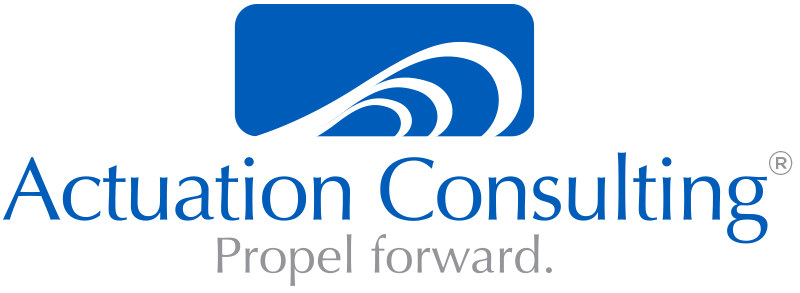I trace the increasing acceptance and implementation of high quality user experience (UX) to what I call the “Apple wave.” Apple’s emphasis on the quality of the user experience transformed the way that every customer thinks about their devices. While this wave started with hardware the implications of this transformation have been far reaching – like a rock being dropped in a pond triggering ever expanding ripples.
This increased focus on user experience has been particularly beneficial for end users – but it has also forced organizations to re-calibrate the way they think about product management and how to best serve the needs of the end user.
The Product Management and User Experience Relationship
Product managers and user experience professionals share a common interest in creating as much value as possible for the end user and doing it in ways that are intuitive. As such, both functions make ideal partners throughout the product development process.
Only a select few possess the underlying skills required to act as a highly evolved product manager and a proficient user experience professional. It’s incredibly difficult for both to be done equally well simultaneously – although stretched product managers in less mature organizations may need to do so due to resource constraints.
Role commingling may be necessary but it’s far from ideal. Organizations that separate these functions tend to have a leg up as specialization allows product managers to focus their attention on the needs of dynamically changing markets while a user experience professional concentrates upon the end user’s interactions with the product or service.
Like product management, user experience resources are very valuable and often in short supply. Therefore, the actual use of these resources can vary widely. Options range from product management and user experience existing as independent functions collaborating together to achieve a common objective – to product managers attempting to cover the user experience ground or contracting with specialized third parties to fill in a user experience skill set void.
The types of tasks that product managers and user experience professionals can partner together on is also quite wide-ranging. For instance:
- Qualitative market research to better understand the needs of the market and end users
- Market segmentation targets and demographic data
- Interviews, surveys and observing key stakeholders to identify problems and validate possible solutions
- Development of story boards, prototypes, models and wire frames as well as use cases, personas and mental models
Clearly delineating these two roles is ideal as both functions can then focus upon what they do best, not in isolation, but in partnership.
The relationship between user experience and product management continues to evolve as user experience expands its reach across an ever-increasing number of organizations and industries. The actual practice of user experience as well as the function’s interrelationships and reporting structures tends to vary from organization to organization.
Focus of This Year’s Market Research
The evolutionary nature of the user experience role and its impact on organizations intrigues us. We’re actively conducting market research on the interplay between these two roles as part of our global Study of High Performance Product Teams.
In fact, user experience rose to the surface of our ongoing market research. This is because UX came up as a factor in our regression analysis for the first time last year. We’re particularly interested in three things: where user experience currently reports, where respondents think user experience should report and the actual activities that user experience professionals are doing in organizations.
We would love to hear your thoughts on these topics. You can share your experiences with us by clicking here.

